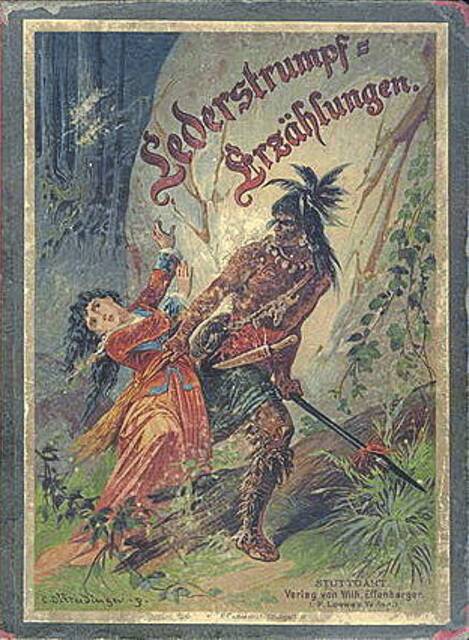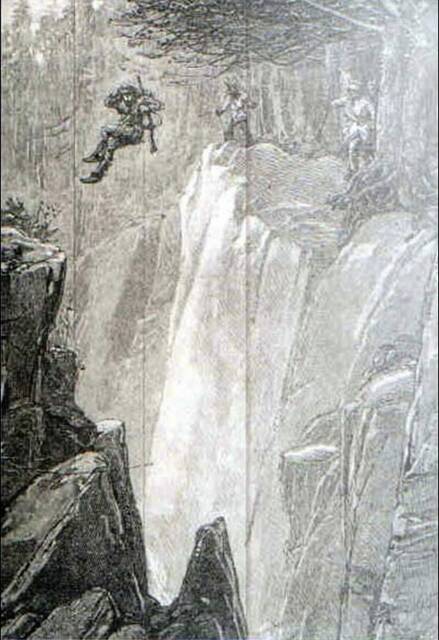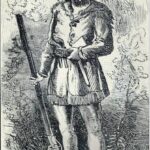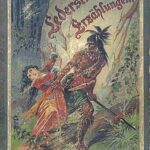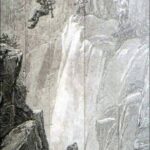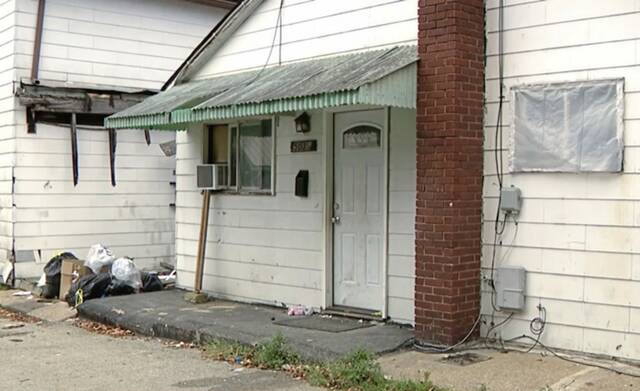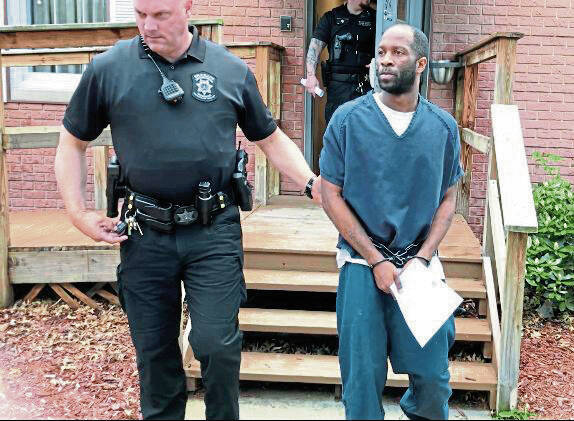There are a number of places in the Alle-Kiski Valley named after people who fought in the Revolutionary War.
Dutchman’s Run near the community of Kinlock in Lower Burrell is one such area. It was named after an incident that took place there involving Capt. Samuel Brady, a famous Revolutionary War soldier and fighter of Native Americans, and his German companion known only as “Pouts.”
Brady was born in 1756 in Shippensburg, He was one of 13 children born to Capt. John Brady and his wife, Mary Quigley.
John Brady was part of the expeditionary forces from Fort Pitt under British Col. Henry Bouquet that forced the Shawnee, Delaware and Seneca tribes to finally make peace after the French and Indian War.
Samuel Brady and his father fought in every major battle in the first two years of the Revolutionary War. In 1778, George Washington deployed troops from Pennsylvania to the frontier, which was then the western portion of Pennsylvania and Ohio.
Samuel Brady served as a scout for these forces to defend family homesteads from attacks by local Native American tribes that allied with the British. Because of his exemplary work, Brady was promoted to captain of the Continental Army in August 1779.
Shortly thereafter, Brady’s father and brother, James, were brutally killed by Native Americans in two separate incidents. In James’ final encounter, he was struck in the head five times by tomahawks, speared and scalped. Somehow, he survived the attack and managed to reach the home of his mother, where he clung to life for five days before succumbing to his wounds.
Brady’s zeal for fighting Native Americans was no doubt fueled by these deaths. He became known as “Vengeful Indian Fighter.” Brady often was accompanied on his expeditions by a German man known as Pouts.
While exploring along a small stream near Kinlock, the pair captured an elderly Native American man. They bound him, and Brady scouted ahead, leaving Pouts to guard the prisoner. While returning, Brady heard a single rifle shot. He assumed his partner had been discovered by a band of Native Americans and shot and killed. Brady carefully approached the point where he had last seen his companion. To his relief, he discovered Pouts leaning against a tree while mending his shirt.
Pouts related what had happened. The old man had complained that his bonds were cutting into his wrists, so Pouts took pity on him and loosened the ties. When he thought he was not being watched, the man seized Pouts’ rifle and tried to kill him. Pouts killed the Native American with a blow from a tomahawk.
The small creek where this occurred became known as Dutchman’s Run after Pouts and the events that took place there. Historically, Dutch was a term used to refer to German-speaking people. This was how many of the Pennsylvania settlers of German descent began to be known as the Pennsylvania Dutch.
The exploits of various Brady family members became legendary in the late 1700s.
Today, many areas in Pennsylvania still bear their name: Brady’s Bend, Brady’s Run Park in Beaver County, etc.
One of the most famous legends concerning Samuel Brady occurred near Kent, Ohio, along the Cuyahoga River.
Brady and his men became overwhelmed by a large party of Native Americans. Brady was captured, but the Natives did not immediately kill him. They instead scheduled his execution for the following morning, hoping to make a spectacle of their archenemy’s death.
As Brady was being stripped and tied to a stake for torture and eventual death by burning, he managed to break free. He escaped by jumping across a deep 22-foot-wide gorge on the Cuyahoga. This gave him time to make it to a nearby lake, where he hid below the surface breathing through a hollow reed.
Historians believe the cold water of the lake prevented his death from blood loss. This area has been designated as Brady’s Leap Park, and the nearby lake is called Brady Lake.
Samuel Brady died of pleurisy at age 39 on Christmas Day 1795 in Short Creek, Ohio County, which is now part of West Virginia.
His biographer, Belle Swope, wrote: “His life in years was short, in deeds beyond the reckoning of man. No man was a better fighter. No undertaking was too great for him, nor peril too blinding. Captain Samuel Brady of the Rangers was as tender as a woman, and few men have been as sincerely beloved, and as deeply mourned when death claimed him.”
The Brady family maintains that Samuel Brady’s exploits were the inspiration behind James Fenimore Cooper’s “Leatherstocking Tales” — the most famous of which is “The Last of the Mohicans.”



